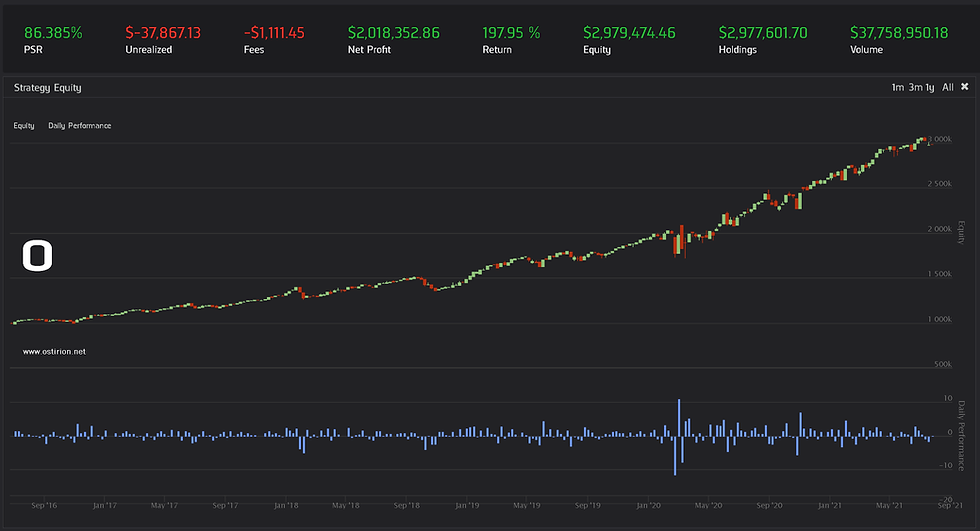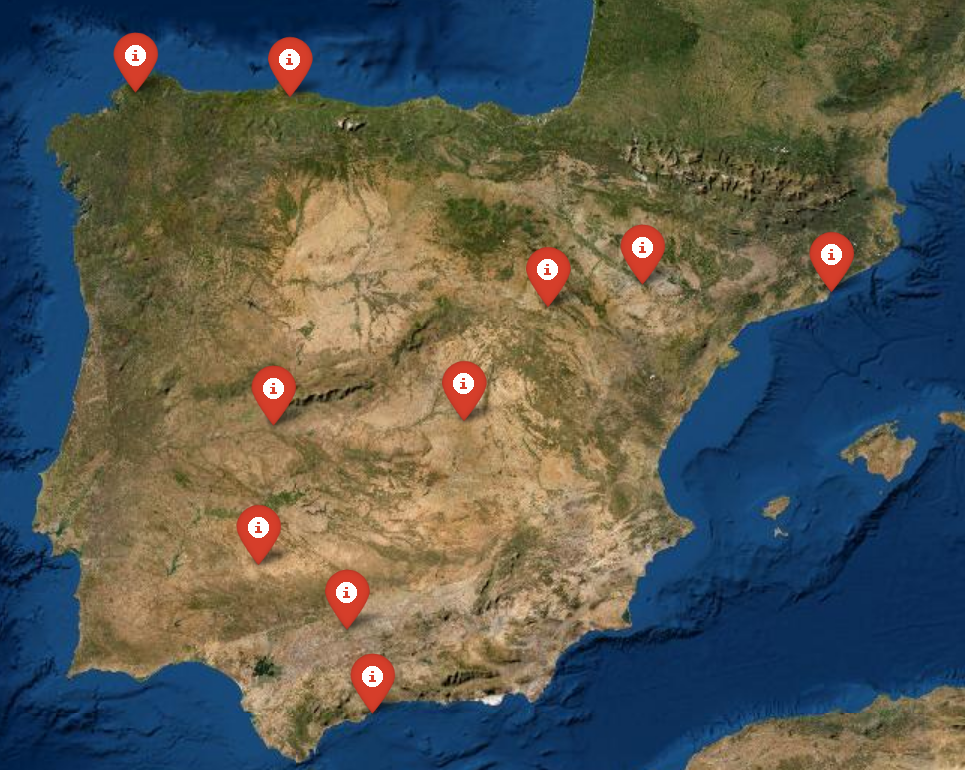On Correlation among Cryptocurrencies and other Assets
- H-Barrio

- Jul 28, 2020
- 3 min read
Updated: Nov 20, 2020
Even if we here at Ostirion are not fans of cryptocurrencies we hold them and acknowledge their position as a hedge and diversification tool. They may also be the future of finance, happening right now. If you ask a person with a certain exposure to cryptocurrencies about the main characteristics of them as an investment, the answer is likely to be "volatility". We would add: "difficulty to discover the fundamentals". So, how can be cryptocurrencies of use in our portfolio? do they offer any kind of hedging against traditional assets or among themselves?
We will first look at the correlation among cryptocurrencies themselves, just correlation for the time being, we will discuss cointegration in the future (with a view on possible crypto-pairs trading). The challenge now is that historical trading data reported from exchanges before 2016 seems not to be of sufficient quality, the data provider in Quantaconnect recommends not to use data generated before 2016. We also use crypto to Euro exchange rates as our trading is mainly performed in Europe, the results for United State dollar rates should be similar for the 2018-2020 period. Limiting ourselves to 2016 and on data then, we obtain the following correlation heatmap:

There are several interesting pieces of information in this heatmap. The most interesting piece of information may be how highly correlated BTC-EUR has been to SPY, to TLT (standing in for long term US Treasury bonds) and GLD (standing in for gold). BTC-EUR has only been negatively correlated to Ripple (XRP-EUR) and 0x (ZRX-EUR), which are relatively shorter-lived cryptocurrencies (or crypto-means of payment). It is difficult to justify BTC as a protection against more traditional asset risks with these values. If we look at the price evolution for SPY (in USD) and BTC-EUR we can see some areas where sharp drops and rallies occur together, although it seems to have a strong negative correlation a few months before the COVID-19 crisis.

On the opposite side of the correlation heatmap we have the EOS.IO token (EOS-EUR). Sadly we have reliable trading data for EOS-EUR only for the 2019-2020 period, period in which its behaviour was negatively correlated to SPY but positively correlated during the COVID-19 crisis, making it a not-too-good stock market risk reduction asset:

We can extend the analysis to the behaviour of all these assets during the recent crisis time frame:

The correlation is mostly positive across the map, with long term US Treasury Bonds (TLT) showing strong negative correlation, a behaviour we discussed before. Gold also shows negative correlation to SPY and some cryptocurrencies, both TLT and GLD, apparently, acted as "safe assets" in this case. There are also strong positive correlations among all the cryptocurrencies in the analysis, no effective hedging was possible with long-only positions on those.
Just looking at correlations it seems that cryptocurrencies are not acting as value havens during stock market downturns. At least they did not behave as such during one of the worst drops on record. If cryptocurrencies are part of a portfolio (as speculative asset) some other assets must cover for them for the time being. Maybe, maybe, this was the last crisis in which this behaviour is observed, it will mainly depend on how much more prevalent and how much more volume cryptocurrencies carry in the next large market drop, when it comes. Just to get the feeling, this is the market volume for each of these assets:

Remember that the posts in our blog are not financial advice. We do not hold any positions on any of the mentioned instruments at the time of publication of this post. If you need further information, asset management support, automated trading strategy development or tactical strategy deployment you can contact us here.



Comments